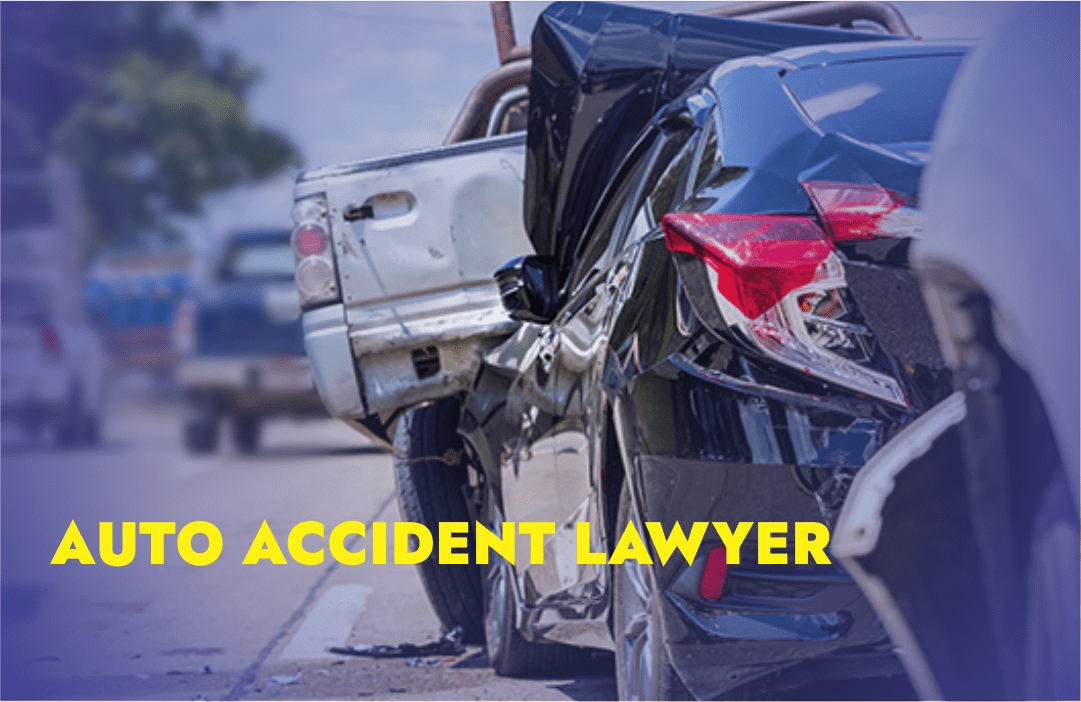WordPress is the most widely used content management system worldwide, however because of its ubiquity, WordPress sites may be more vulnerable to security threats. Your website can remain secure by implementing WordPress security best practices.
More than 40% of websites in use today are powered by WordPress. Because WordPress is so widely used, hackers construct tools to take advantage of security holes in WordPress websites. The good news is that you can prevent these problems and keep your site secure by using the appropriate security procedures. We’ll go through the typical security dangers that WordPress websites face in this piece, along with some best practices for keeping your website safe.
Common WordPress Security Issues
You must be aware of potential security dangers if you want to keep your website safe. After all, if you are unaware of the threats, how can you even start to safeguard your website?
The most typical attack methods on WordPress websites consist of:
- SQL Injections. The data on your WordPress website is kept in a MySQL database. In this kind of attack, a hacker enters your database and adds new information, including spam links or fresh admin login information.
- Brute Force Attacks. When a bot tries to guess the right login for your website, it commits this attack. To obtain access, the bot continuously types various users and passwords. If successful, someone might gain complete access to your WordPress admin and cause significant harm to your website. However, even if they are unsuccessful in signing in, the sheer volume of login attempts may cause your server to lag or even crash.
- Denial of Service Attack. Similar to the last attack, this one overloads your server. Attackers set up computers to load your website repeatedly in an effort to bring it down from the pressure of heavy traffic.
- Inclusion Exploits in files. PHP underlies WordPress as a platform. Attackers use file inclusion attacks to load and run PHP programs, which give them the ability to change system files like your wp-config.php file.
- SFile Inclusion Exploits. Attackers add client-side scripts to your website in order to alter how it behaves for users and potentially steal personal information.
- Malware. Malware is the most pervasive and bothersome sort of security threat, similar to robocalls and spam email. WordPress websites are susceptible to malware infections including drive-by downloads, backdoors, and malicious redirects.
Best Practices for Securing WordPress
Use these best practices to protect your website from these typical security threats.
Update your WordPress, themes, and plugins.
New security threats are continuously observed and reported by the WordPress community. Regular updates to the WordPress system include security patches. You can miss out on updates that keep your website secure if you don’t install the most recent version of WordPress.
Your themes and plugins follow the same guiding idea. The easiest way to guard against an attack is to keep all of your system, plugin, and theme files updated. On your WordPress website, you should allow automatic plugin and theme upgrades to keep it safe.
Carefully select and keep an eye on plugins
An attacker will most likely attempt to access your site through plugins. According to the database of WordPress vulnerabilities maintained by WPScan, plugins are responsible for roughly 90% of all known WordPress vulnerabilities. Choose your plugins carefully, and only set up ones from developers you can trust. In addition to updating plugins, uninstall and delete any inactive plugins.
Use Strict Permissions and a Strong Password
The same goes for leaving your doors unlocked when you use a weak password. Avoid making it simple for someone to break into your home or website. Consider using two-factor authentication for added security in addition to choosing strong passwords. Even if someone guesses your password, they still have to submit the verification code you send to your phone or email in order to log in.
Review your access levels as well. An attacker has more access points to your site the more admin accounts you have. Establish stringent user permissions to restrict who has full access to your website.
In order to identify and stop a brute force assault in process, think about turning on a plugin like WP Brute Force Protection that will restrict the amount of login attempts.
Activate SSL
An encrypted connection is established between your server and the visitor’s browser when SSL, or Secure Sockets Layer, is enabled. SSL is essential for all eCommerce transactions since it safeguards your customers’ data.
Maintain Regular Backups
Site backups are essential to your security initiatives. Backups offer peace of mind, and you hope you never need them, much like home or auto insurance. You can quickly restore your site using a backup in the unlikely event of a successful security breach.
Spend money on secure hosting
Working with a secure hosting company is one way to protect your website from hackers. Check out the security options when looking for a host. Numerous hosts offer complimentary SSL certificates, sophisticated firewalls to protect your website, regular malware scans, and other services. Look for a managed WordPress hosting plan to get the finest security features.
SOURCE: Pressable Blog






























